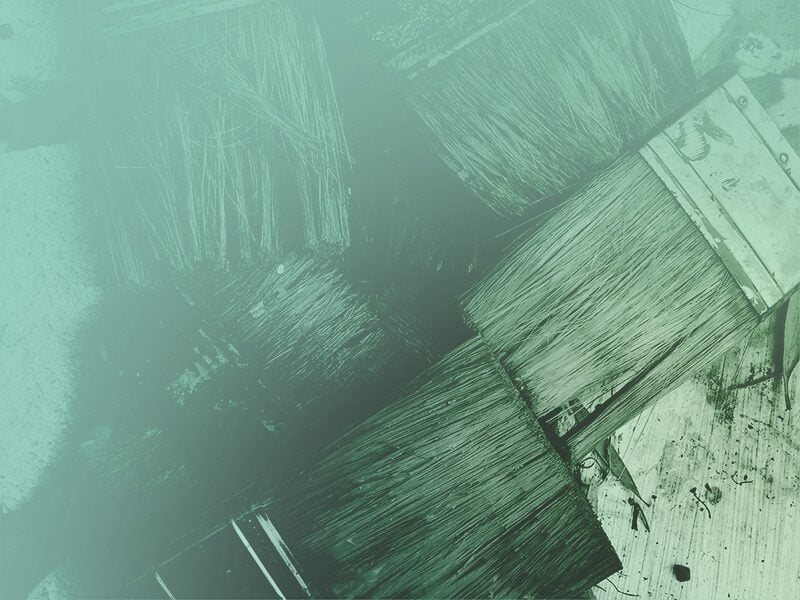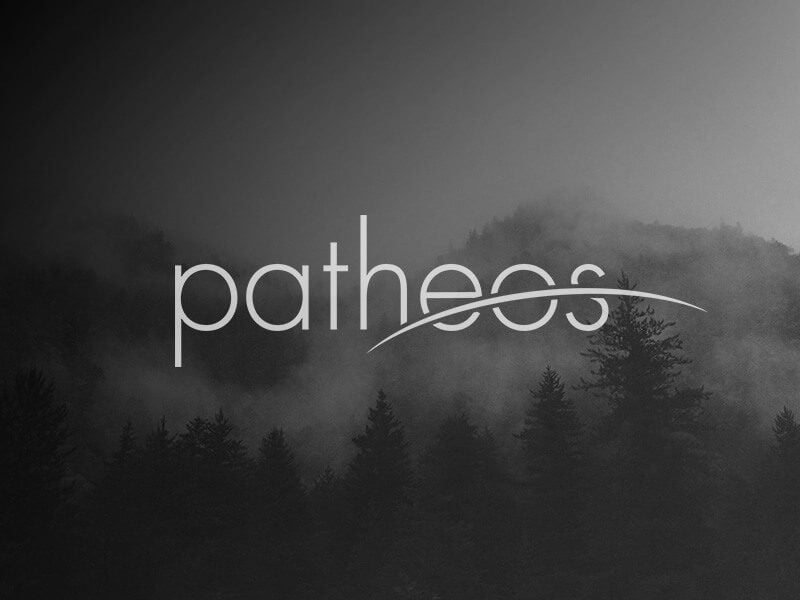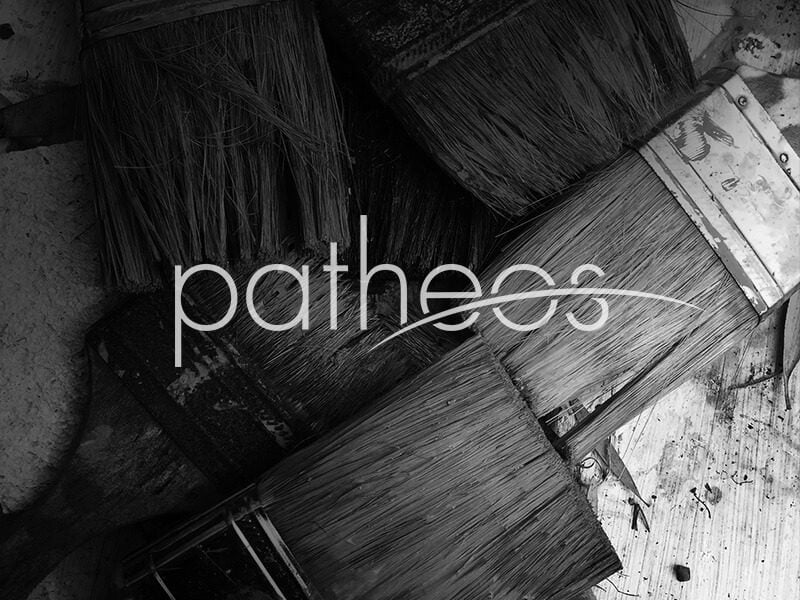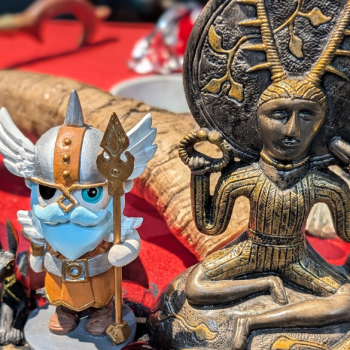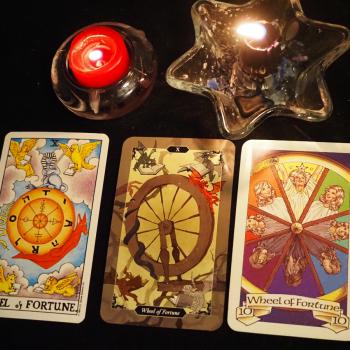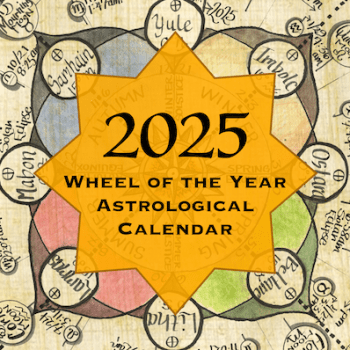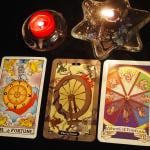Boedromion 23: The final events at Eleusis included the rite of the Plemochoai, top-shaped vases, which were tipped over, one toward the east, the other toward the west, just about at sunset, to pour a libation down into the earth, perhaps into a chasm (See Athenaios 11.496.) It was probably also on this last day, and perhaps as part of the same ritual, that “looking up to the sky they cried `Rain!’ and looking down at the earth they cried... Read more

